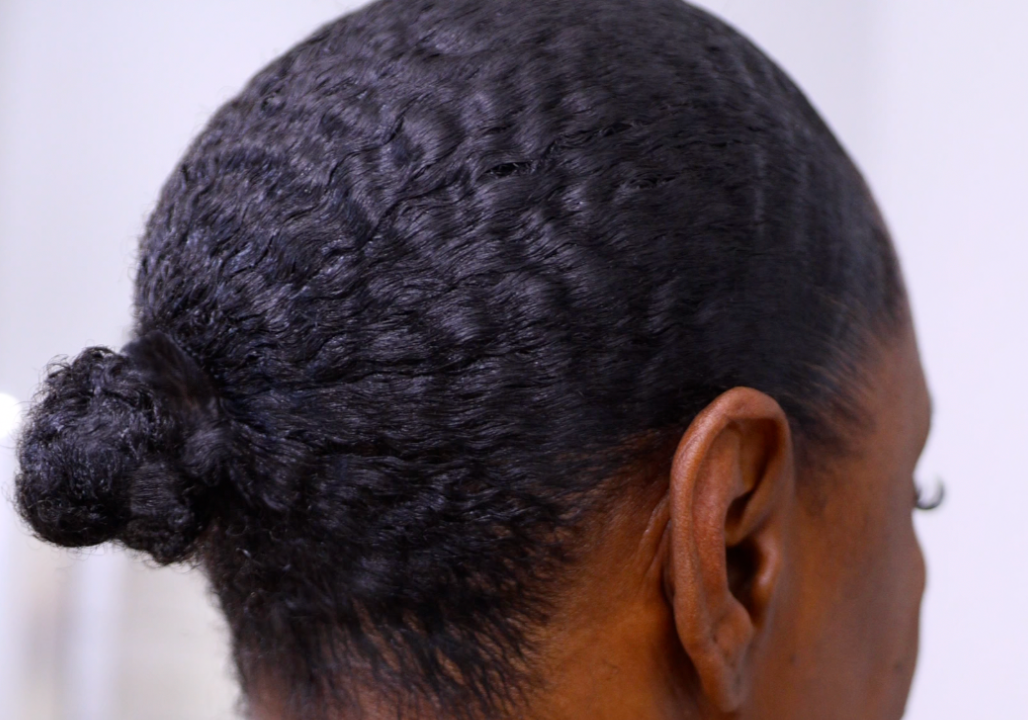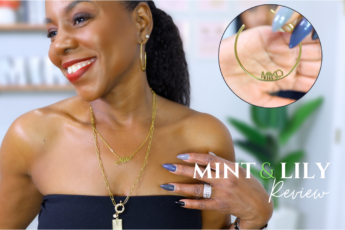How you prep your natural hair for protective styles is the most important component of protective styling. We wear protective styles to give our natural coils a break from the rigors of daily styling. Ensuring your natural hair (and scalp) is clean and properly moisturized while tucked away for weeks (and sometimes months!) is crucial for maintaining length and improving hair health.
I’ve been wearing protective styles since 2017, and my hair is the healthiest it’s ever been. This is my wash day routine and how I prep my natural hair for my protective styles.
1. Start with clean hair and scalp to rid your hair of any gel, mousse and product buildup. Freshly washed and conditioned hair opens up the hair follicle to allow moisture products to penetrate the hair shaft. Use a shampoo and conditioner best suited for your hair texture and porosity. My hair is low porosity and tends to be on the drier side, so I use products formulated to moisturize and strengthen my hair like the TGIN Miracle Repair Strengthening Shampoo and Conditioner, TGIN Miracle Repair Deep Hydratng Hair Mask, and the TGIN Rose Water Smoothing Leave In Conditioner.
2. Hydrate and moisturize your hair to ensure it maintains sufficient moisture over the life of your protective style. For low porosity hair like mine, I like to use the L.O.C. Method (liquid, oil, cream). The L.O.C. method is a tried and true OG staple in the natural hair community. It’s essentially the order in which you layer the products to help seal moisture in the hair strands. It promotes moisture retention to ensure your natural hair is nourished throughout the life of your protective style.

The L.O.C. Method
- Liquid – Water or liquid leave-in conditioner to hydrate the hair. I like to use Pattern Beauty Detangling Nectar for this step since I can detangle and hydrate in one step. It gives that slippage you want to make detangling 4C hair a breeze!
- Oil – This first layer of oil moisturizes the hair. Be sure to use oils that penetrate the hair for this step. I’m currently loving the Pattern Beauty Jojoba Oil Blend and the TGIN Miracle Repair Anti-Breakage Serum.
- Cream – Cream based products lock in the moisture and seal in the oil. I’ve been using the Mielle Organics Pomegranate And Honey Twisting Souffle for years. It keeps my hair moisturized all week! For a lightweight cream, I reach for the Pattern Beauty Moisture Milk. It adds moisture without weighing the hair down, plus it reduces breakage and tames frizz.
- Oil – A second, optional layer of oil offers additional moisture by sealing in the hydration and moisture from the previous steps. Be sure to use a sealing oil for this step.
3. Moisturize your scalp once a week to maintain a healthy scalp and re-moisturize your hair from the roots. I personally prefer the convenience of an oil bottle with a nozzle so I can oil my scalp without parting my hair. The TGIN Miracle Repair Anti-Breakage Serum is perfect for this step!
What is Hair Porosity?
Each of us have unique hair with unique needs. Ultimately, how you prep your natural hair for protective styles is contingent upon your specific hair needs. At a very minimum, you should learn your hair’s porosity (how easily your hair absorbs moisture) so you know the types of hair products your hair needs to stay healthy and happy. With all the hair care products on the market, it can be hard to know which ones will work best. The trial & error can get costly, not to mention frustrating! Knowing your hair porosity levels the playing field by making you a much more knowledgeable consumer. And it’ll save you some coins!





Leave a Comment